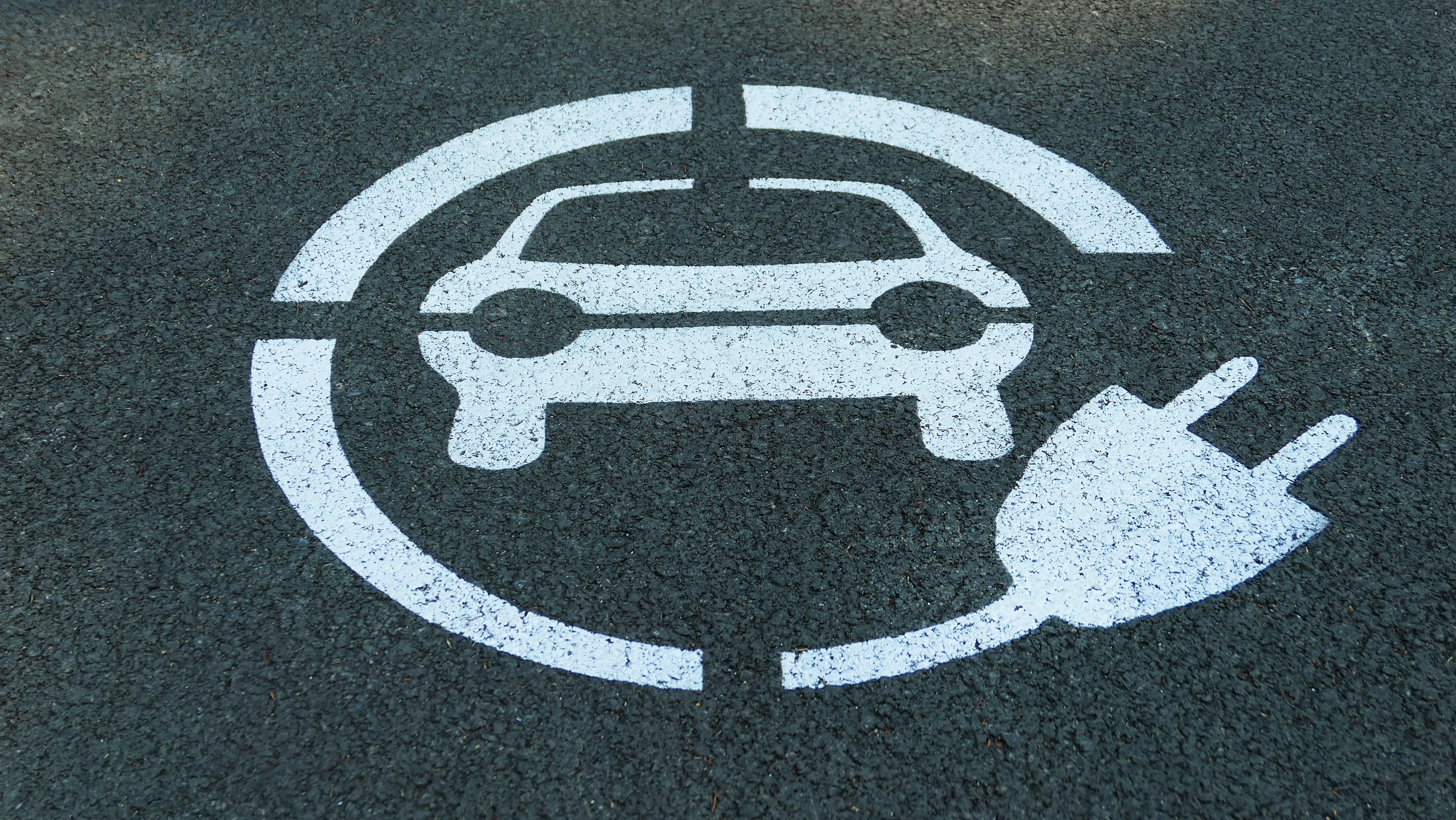 Caixabank (Go to Home)
Caixabank (Go to Home)Spain at a Crossroads: Urgent Need to Boost Electric Vehicle Support Infrastructure

An electric car charges its battery.

An electric car charges its battery.
- European models such as those of Portugal and the Netherlands inspire key strategies to accelerate the electrification of transport in Spain.
Sustainable mobility has become a fundamental pillar in the fight against climate change and a priority for the development of efficient cities and transport networks. Within the framework of an increasingly sustainability-focused Europe, Spain finds itself at a crossroads in its transition towards efficient and accessible electric mobility.
Spanish roads each year have more electric vehicles, reaching 420,000 units produced in 2024. Additionally, they have a charging network of 39,000 public points, with a homogeneous distribution averaging 0.80 points per 1,000 inhabitants. These figures position the country above the European average in terms of geographical dispersion of these infrastructures, but highlight the need for a more agile and rapid evolution of support infrastructure.
Moreover, there are other challenges to overcome to equate the electric vehicle charging infrastructure to that of traditional fuels, such as the scarce availability of ultra-fast charging points and the lack of interoperability between operators.
Technological and Administrative Barriers
This information is derived from the report “Boosting Green Mobility: Present and Future of Electric Vehicle Charging Infrastructure in Spain” prepared by Payment InnovationHub and Afi in collaboration with CaixaBank, Visa, and Arval. This document highlights both the achievements made and the areas requiring immediate attention. Spain needs 19,300 additional ultra-fast charging points to offer a service similar to that of traditional gas stations. Furthermore, only 9.1% of operational points in Spain have card readers, and just 4.6% allow contactless payments, which hinders the accessibility and convenience of the process. Here lies the challenge: the user experience is still affected by technological and administrative barriers.
Faced with this situation, financial entities such as CaixaBank have positioned themselves as key players in the transition towards sustainable mobility. Through its Sustainability Plan 25-27, the entity has designed strategies that include promoting clean mobility through the financing of charging infrastructures and fostering innovative solutions that allow for a smooth and accessible user experience. Of the more than 100 billion euros that CaixaBank will mobilize in sustainable finance over the next three years, a portion will be allocated to the development of charging networks for electric vehicles. Through the financing of electric mobility projects and strategic alliances, CaixaBank is driving innovative solutions that respond to market needs. The commitment to simplifying payments and accessibility will increase the competitiveness of the Spanish market at the European level.
In line with AFIR regulations, the report highlights the need to expand ultra-fast charging points in strategic road corridors (main ones), facilitating greater coverage for long-distance travel. Additionally, the adoption of contactless payment technologies would ensure speed, security, and accessibility in the charging experience.
The need to accelerate the installation of ultra-fast charging points and improve payment systems is critical to make electric mobility attractive and accessible to a larger part of the population. Spain can take successful models from other European countries as a reference to ensure optimal market development.

Presentation of the report "Boosting Green Mobility: Present and Future of Electric Vehicle Charging Infrastructure in Spain," prepared by Payment InnovationHub and Afi in collaboration with CaixaBank, Visa, and Arval.
Implementation Strategies in Europe
The strategic development of charging points is at the heart of European strategies to promote sustainable mobility. Countries such as Portugal, the Netherlands, and Denmark stand out as benchmarks in the application of interoperable models and the effective deployment of their charging infrastructures. In fact, Portugal has experienced impressive growth, quadrupling the number of electric vehicles in recent years through the implementation of an integrated payment system and a vigorous scheme of tax incentives. This example resonates strongly within the report presented in collaboration with CaixaBank, which urges the adoption of best practices to efficiently boost electromobility in Spain.
The report highlights that more than 50% of the Trans-European Transport Network (TEN-T) in Spain already meets the sustainable mobility objectives set for 2030. With the incorporation of just 200 additional ultra-fast charging points, the country could achieve the goals established by European regulation. However, the challenge lies not only in meeting European goals but also in increasing the network's capillarity, especially in main corridors, and improving the user experience through interoperable solutions, more agile procedures, and an efficient incentive ecosystem. Reference models such as those of Portugal, the Netherlands, and Denmark show that a combined strategy of infrastructure investment, effective regulation, and payment facilities can significantly accelerate the electrification of transport.
Companies such as CaixaBank, Visa, and Arval, aware of this opportunity, reinforce their commitment to sustainable mobility and work closely with administrations and companies to consolidate a greener and more accessible future for all. Electric mobility is not just an ecological goal; it is an opportunity to redesign the present and ensure a better tomorrow for future generations.
With the implementation of appropriate strategies, the financial support of institutions such as CaixaBank, and the correct execution of regulations that promote innovation and accessibility, Spain will not only scale in terms of infrastructure but also substantially improve the user experience, strengthening its path towards a greener and more responsible economy. Electric mobility not only represents a paradigm shift in transport but also a tangible possibility of building a more sustainable environment for future generations.

